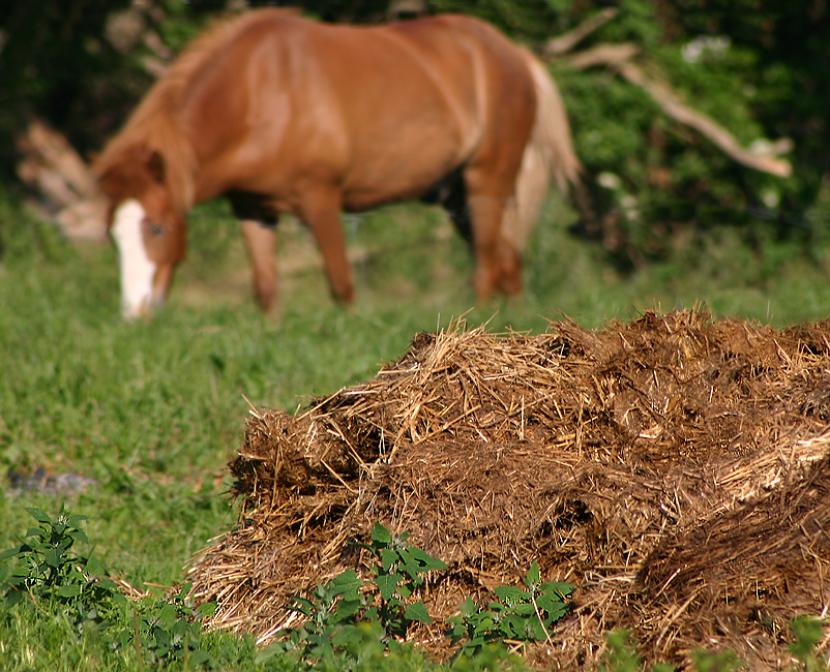
Image - Flickr / Cerlin Ng
El Sumatra fern It is a plant that, in addition to having ornamental uses, also has culinary uses. As if that were not enough, its maintenance is not difficult, since it lives at altitudes between 0 and 1300 meters above sea level, which means that the cold does not harm it too much.
It is the ideal size to be grown both in pots and in the garden, so let's see how it takes care.
Origin and characteristics

Image - Wikimedia / Llenyuan Lee
Known as Indian fern, water fern, horned fern or Sumatran fern, it is a plant whose scientific name is Ceratopteris thalictroides Originally from the tropical zone of the planet, found mainly in Asia. It lives in swampy areas, be it forests, swamps or ponds.
It produces fronds (leaves) of two types: the sterile ones are thin and flaccid, with a size of 4 to 60cm long; the fertile ones are firmer, erect, with a size of 15 to 100 cm long.
It has a life expectancy of several years, but depending on the area it behaves like an annual. For example, this happens in habitats where there is a marked dry season, which is when the plant runs out of sterile leaves and releases spores that will germinate when the rains arrive. In temperate climates, if kept outside, it could run out of any leaves.
What are their cares?
Do you want to know how to take care of your horse? Well, here is your care guide:
Climate
When we are going to buy a plant it is important to know in what climates it lives to avoid problems. In the case of the Sumatran fern, you have to know that we can only grow it outside all year round if we live in an area with a warm climate, without frost.
Location
- Body exterior:: if you have it outside, it must be in a bright area but protected from direct sun to avoid burns.
- InteriorIn the event that you choose to keep it indoors, whether in a wet terrarium, aquarium or in a pot, put it in a bright room.
Earth
The Sumatran fern grows in acidic to alkaline soils, with a pH between 5 and 9, and with good drainage, therefore:
- Flower pot: fill it with universal growing medium (for sale here).
- Garden: the soil must be fertile, well drained. If not, make a hole of about 50 x 50cm, and fill it with universal substrate.
Irrigation

Image - Wikimedia / Show_ryu
Irrigation must be very frequent. Being a swamp plant, it does not withstand drought. This makes it very easy to maintain, since you just have to ensure that the soil or substrate is always moist, watering daily.
If possible, use rainwater or without too much lime, since if it is very hard (such as the one that usually comes out of the taps of houses in the Mediterranean region, which is undrinkable due to the amount of lime it contains) its leaves they could end up yellowing.
Another important issue, and although it is aquatic, try to avoid not wetting the aerial part (leaves or stems), as this part is not capable of absorbing water directly and if it is wet for too long it can rot.
Subscriber
From early spring to late summer It is highly recommended to pay with natural, ecological and / or homemade fertilizers. You can use guano, herbivorous animal manure, mulch, egg and / or banana shells, or others that we tell you in this article:

Planting or transplanting time
The Sumatran fern is planted in the garden in spring, and if it is kept in a pot, it should be transplant every two-three years.
Pruning
Don't need it. You just have to remove the dry, diseased, weak leaves or those that are broken, using scissors previously disinfected with pharmacy alcohol.
Plagues and diseases
He has no more reason to enjoy it ... much more 🙂.
Multiplication
Multiplies by spores in spring. These have to be sown in seedling trays with universal culture substrate, and then placing this near a heat source.
This will germinate in about two to three weeks.
Rusticity
As we said, it is somewhat resistant to cold but not frost. As it lives in the tropical areas of the world, if you live in a place where the temperature drops below 5ºC in winter, you must keep it indoors.
What uses is it given?

Image - Flickr / Cerlin Ng
Ornamental
It is a very decorative species, ideal for growing in pots, terrariums or aquariums. If you have it on this last site, you should know that they help prevent the growth of algae and, as if that were not enough, it provides shelter for fish and their fry.
Culinary
Fronds or leaves they are eaten raw in salad in Micronesia, and like vegetables in Madagascar, New Guinea and Vietnam. However, it is believed that excessive consumption could lead to cancer.
Other uses
As a curiosity, to tell you that in New Guinea, specifically in the Sepik region, the fronds are used as personal decoration.
What did you think of this fern? Did you know him?